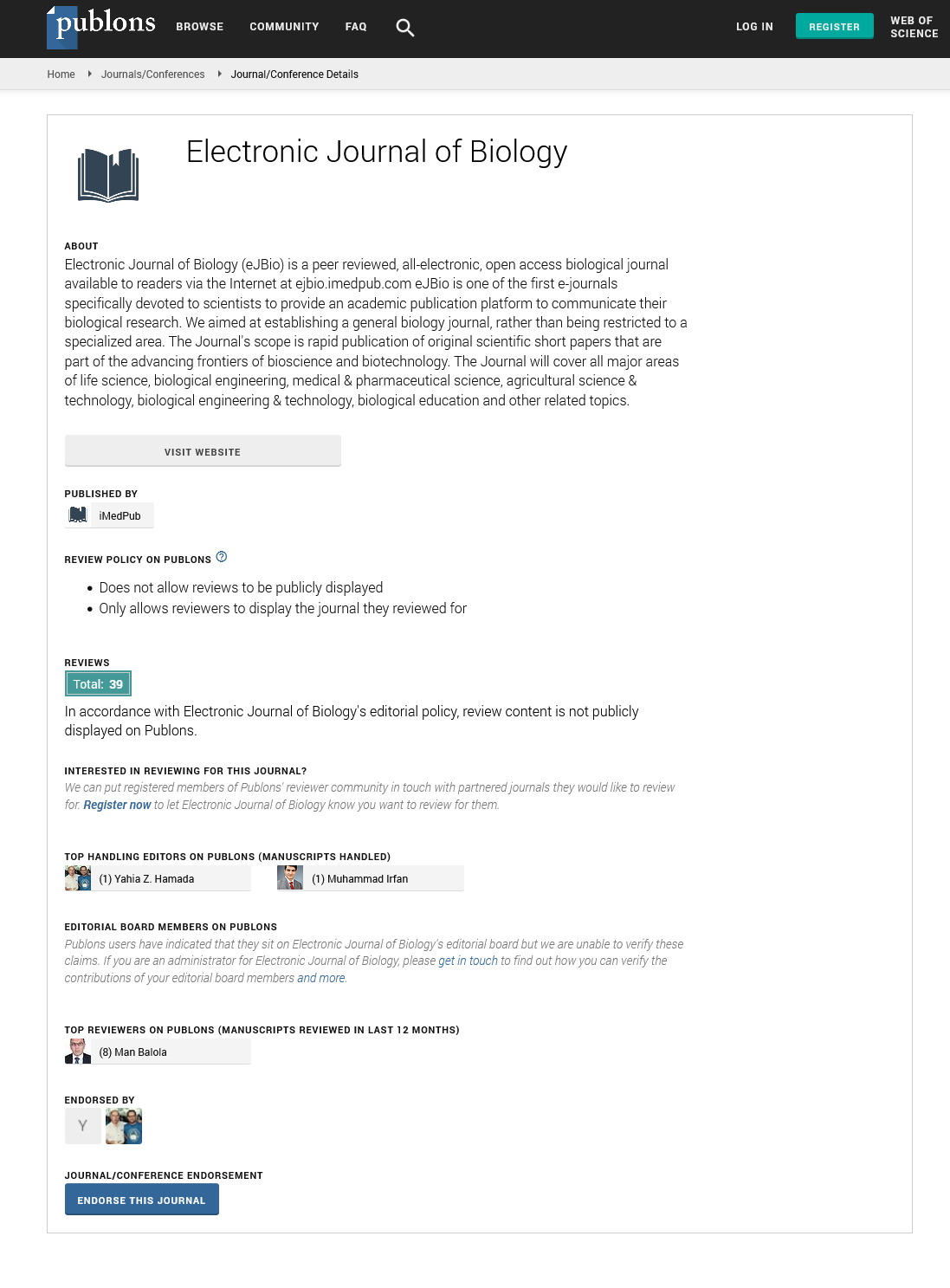Abstract
Effect of Phosphate Biofertilizer and Chemical Phosphorus on Growth and Yield of Vicia faba L.
The contribution of two phosphate biofertilizer was examined at three levels of triple supper phosphate fertilization for Vicia faba in a field experiment. The experiment was laid out in a factorial arrangement based on randomized complete block design with three replications. The first factor was three amounts of phosphorous chemical fertilizer (0, 100 and 150 kg ha-1). The second factor was the combination of two phosphate biofertilizer (control, Barvar2, Biophosphorus and Barvar2+Biophosphorus). Analysis of variance indicated significant effects of chemical phosphorus and interaction effects of two factors on number of pods per plant, plant height, hundred seed weight, biological yield, seed yield, harvest index and protein content. The effect of phosphate biofertilizer was significant on number of pods per plant, plant height and hundred seed weight. In plots with 100 kg P ha-1, the highest values of seed yield were obtained by application of Biophosphors and Barvar2+Biophosphors. Unlike these two conditions, by application of 150 kg P ha-1, the highest value of seed yield was obtained in un-inoculated biofertilizer treatment. The results indicated Application of chemical phosphorus fertilizer decreased to 25% by integrating biological and chemical phosphorus fertilizers without yield loss. Therefore, biofertilizer can be raised as an alternative chemical fertilizer in faba bean and application of two biological phosphorus fertilizers (combination of Barvar2 and Biophosphorus) with 100 kg ha-1 chemical phosphate fertilizer in addition to yield increasing could be a strategy to obtain sustainable agriculture.
Author(s):
Shahram Shakori and Peyman Sharifi
Abstract | Full-Text | PDF
Share this

Google scholar citation report
Citations : 5001
Electronic Journal of Biology received 5001 citations as per google scholar report
Electronic Journal of Biology peer review process verified at publons
Abstracted/Indexed in
- Google Scholar
- China National Knowledge Infrastructure (CNKI)
- CiteFactor
- Electronic Journals Library
- Zoological Records
- WorldCat
- Proquest Summons
- Publons
- MIAR
- Openaccessarticles.com
- Secret Search Engine Labs
Open Access Journals
- Aquaculture & Veterinary Science
- Chemistry & Chemical Sciences
- Clinical Sciences
- Engineering
- General Science
- Genetics & Molecular Biology
- Health Care & Nursing
- Immunology & Microbiology
- Materials Science
- Mathematics & Physics
- Medical Sciences
- Neurology & Psychiatry
- Oncology & Cancer Science
- Pharmaceutical Sciences


